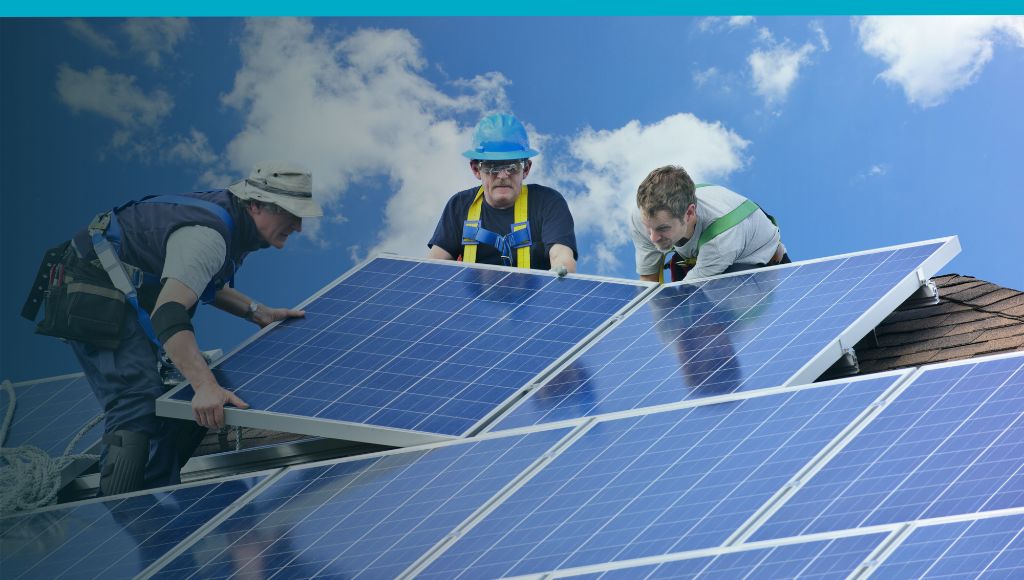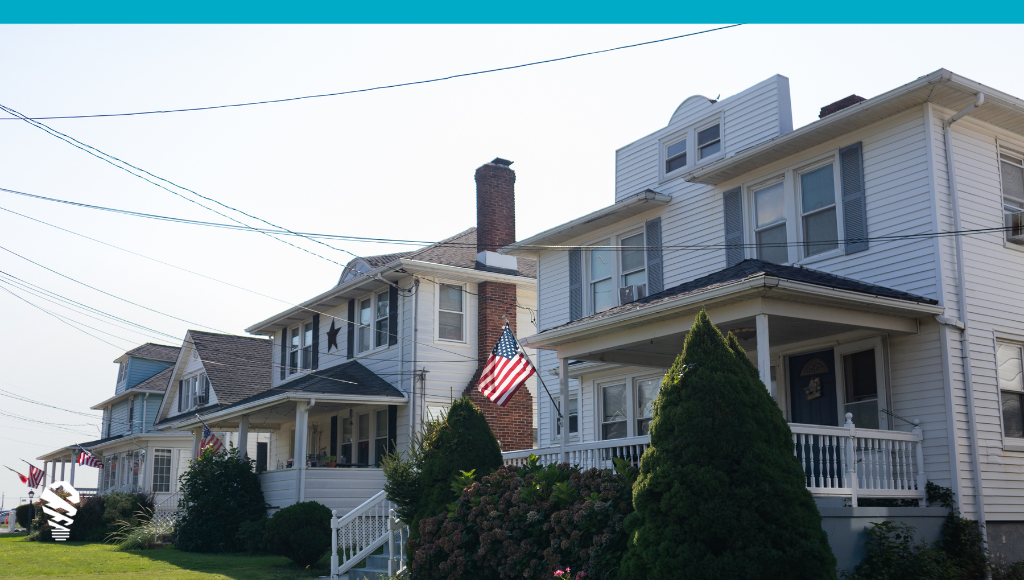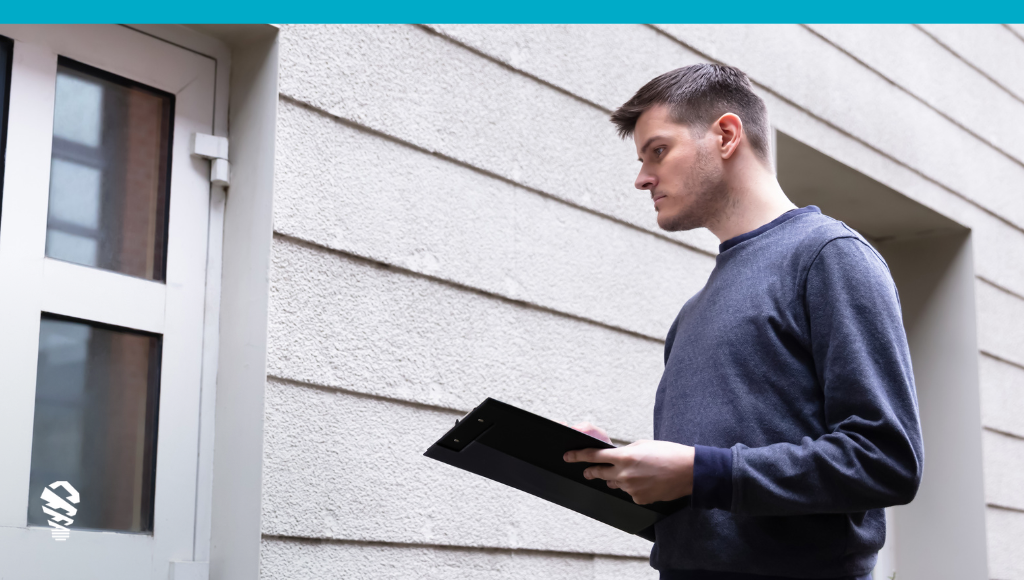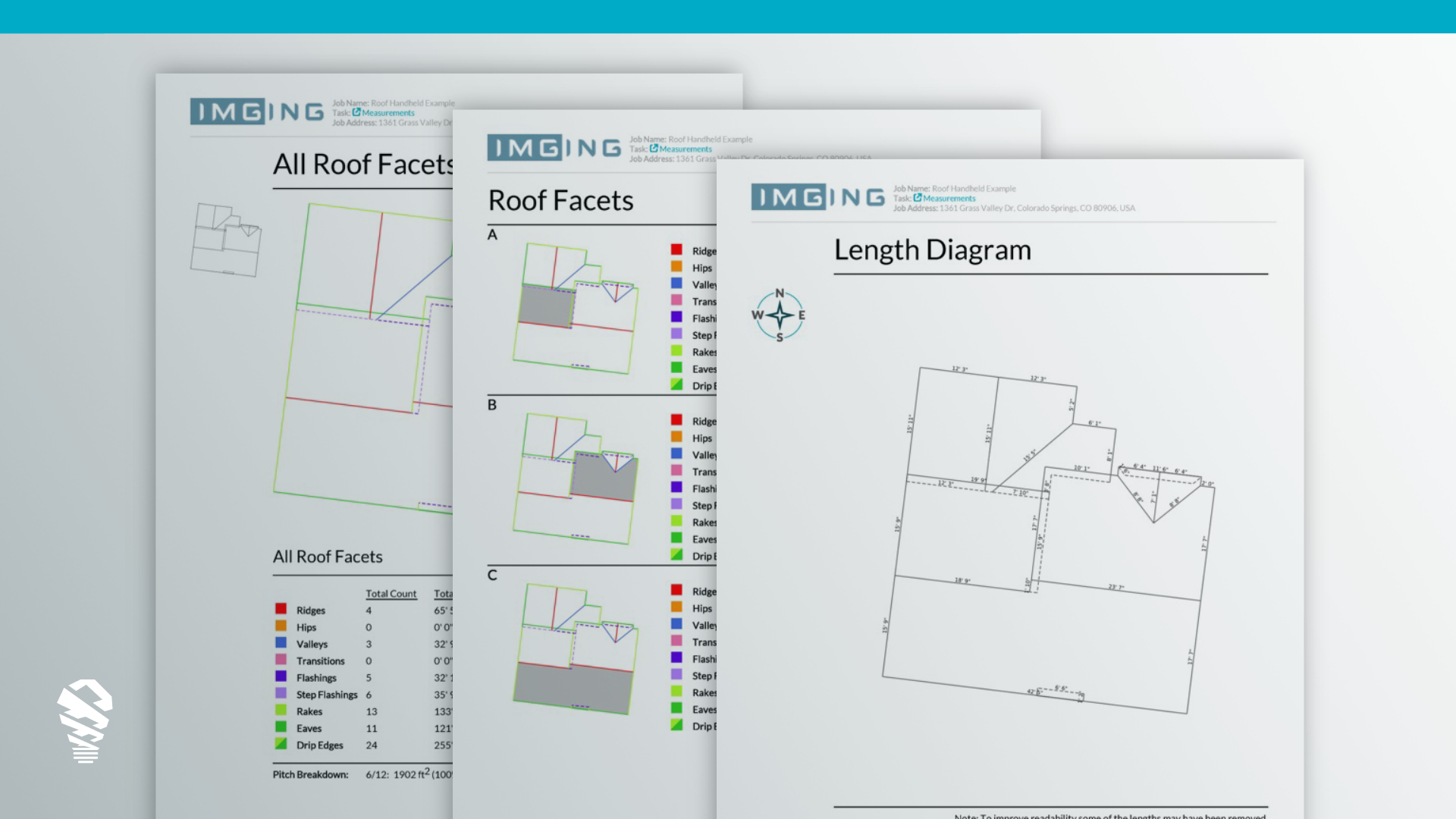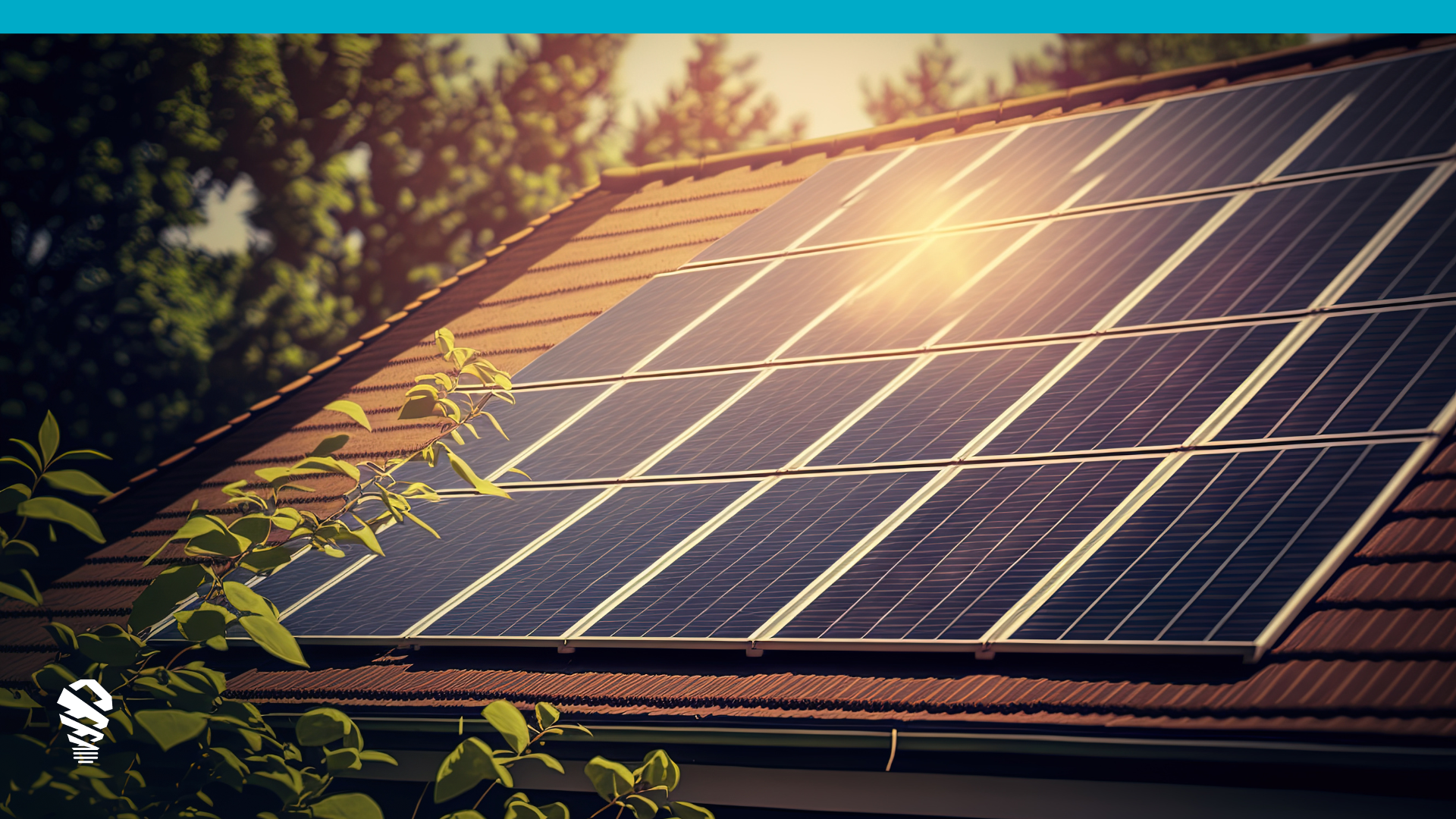Solar site surveys are an essential part of the solar installation process. They allow solar installers to assess a property’s suitability for solar panel installation and design a system that meets the homeowner’s needs and budget.
In this blog post, we will discuss the following topics:
- What is a solar site survey?
- When should you have a solar site survey performed?
- What information is collected during a solar site survey?
- How can you ensure that your solar site survey is accurate?
- How can you optimize time and money by reducing the need for a redesign?
When installing solar panels, a solar site survey and design is one of the most important steps in the process. We are covering everything there is to know about what a solar site survey is, why it is important, and optimizing plans to save both time and money.
What is a Solar Site Survey?
A solar site survey is a process of inspecting a property to assess its suitability for solar panel installation. The survey measures factors such as the property’s orientation, shading, and roof condition to determine the best location for solar panels and the optimal design for the system. It typically involves an initial assessment followed by detailed measurements and calculations.
When do you Perform a Solar Site Survey?
A solar site survey is typically performed before the installation of solar panels. This allows the solar installer to gather the necessary information to design and install a system that meets the homeowner’s needs and budget.
Before a sale is closed, solar installers will usually perform an initial assessment to show potential customers possible solar options for their home or business. After the sale is closed, the solar installer will perform an in-depth solar site survey to determine if roof repairs are necessary and where solar panels should be installed.
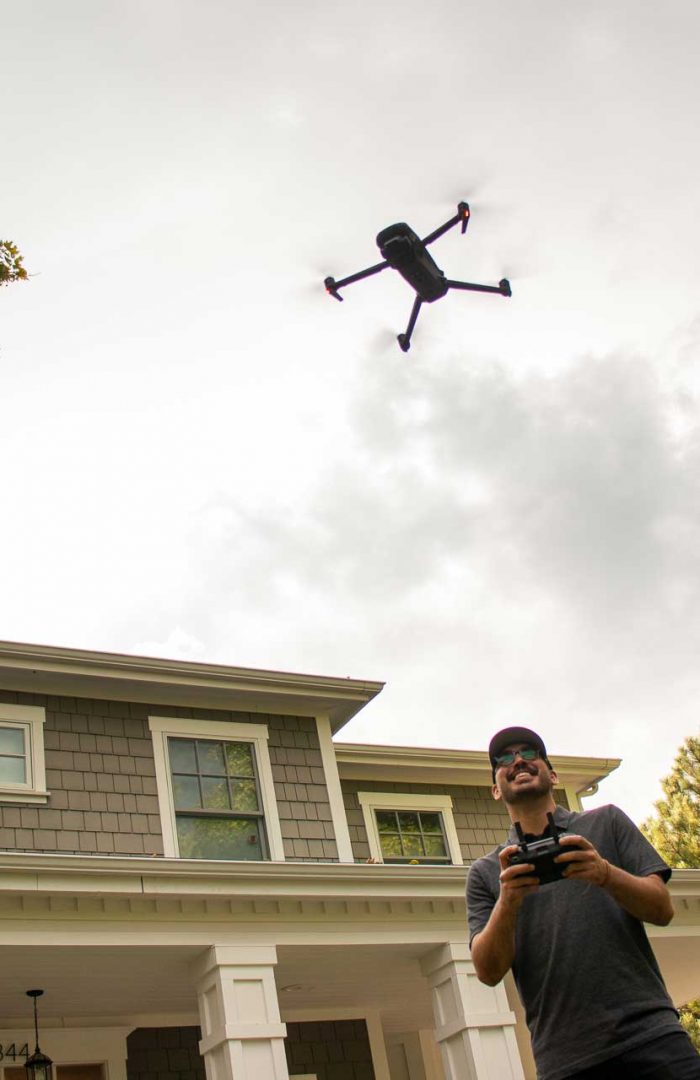
Why do you Need a Solar Site Survey?
There are several reasons why you need perform a solar site survey. First, it can help determine if solar panels are a viable option for a home or business. Second, it can help you choose the right type and size of solar panels for your needs. Third, it can help you avoid costly mistakes during installation. You may also need:
- To determine if solar panels are a viable option for a home or business. A solar site survey can help you determine if solar panels are a feasible option. The survey will assess the amount of sunlight your property receives, the size of the roof, and any potential obstructions to solar panel installation.
- To choose the right type and size of solar panels for your customer’s needs. The solar site survey will help you choose the right type and size of solar panels for your needs. The survey will consider factors such as the amount of sunlight the property receives, the size of the roof, and the energy consumption.
- To avoid costly mistakes during installation. A solar site survey can help avoid costly mistakes during installation. The survey will identify any potential problems with your property that could affect the installation of solar panels.
- Other important information needed for accurate estimates will be necessary such as the size and type of solar panels you need, and the specific requirements of your property. A solar site survey can provide this information to solar installers, to provide accurate estimates.
When is Data Collected during a Solar Site Survey?
Data is collected during a solar site survey in several ways. The solar surveyor will typically take measurements of the property, including the amount of sunlight it receives, the size of the roof or other available space, and any potential obstructions to solar panel installation. The solar surveyor may also take photographs and measurements to get a better understanding of the site. This data will be used to design and install a solar system that meets the customer’s needs.
The following is a list of the data that is typically collected during a solar site survey:
Orientation and Tilt: The orientation and tilt of solar panels has a significant impact on energy production. Solar panels should face south to maximize sun exposure with an optimized tilt angle for the latitude of the location.
Shading: Shade from trees, buildings, or other structures can reduce the energy output of a solar system. Shading issues may require solar installers to trim trees or adjust the placement of the solar panels.
Roof Condition: The roof needs to be in good condition before solar panels can be installed to ensure long-term durability of the solar system. A site survey should assess the condition of the roof and identify any potential issues that could affect the PV system.
Electrical Infrastructure: The installer should assess the capacity of the existing electrical system and determine whether any upgrades or modifications are necessary to accommodate the solar system.
Roof Measurements: This probably goes without saying, but solar installers need to have precise roof measurements to determine how many solar panels they can install on a roof.
3D Models: In the case of drone solar surveys, solar installers can use solar survey software like IMGING to auto-generate 3D models of homes and businesses. They can then export these models into any CAD software, significantly simplifying the solar design process.
After the solar site survey is complete, the solar installer provides a report that includes their findings and recommendations. This report will be used to design and install a solar system that meets the customer’s needs.
How do you Ensure Accurate Data Collection?
Ensuring that accurate data is collected during a solar site survey is integral to a successful PV design and installation. If you want to use one tool and complete the solar site survey in about 10 minutes, a drone solar survey is the best option.

Using a drone and solar survey software like IMGING, solar installers can capture high-res images of a property that can be used to auto-generate 3D models, take property measurements, generate shading analysis, examine the roof condition, and measure facets and penetrations.
The best part is that drones and software are not susceptible to human error. The property measurements are near perfect, and the software is programmed to detect any roof damage. And the entire process is done automatically, in near real-time, and without anyone climbing on a roof.
Without a solid solar site survey, it is impossible to create accurate solar designs or install a dependable PV system. Whether you prefer to perform manual solar site surveys or drone surveys, make sure you get the most accurate and precise data possible.

How do you Optimize Saving Time by Reducing Redesigns?
One of the most important benefits of a solar site survey is that it can help you avoid costly mistakes during installation. By gathering accurate data about your property, the solar surveyor can design a system that is tailored to your customer’s needs and budget. This can help you avoid having to redo the design or installation later, which can save you time and money.
Shorten Timelines
Solar installers can avoid wasting time redesigning solar plans and visiting the project site multiple times by performing a comprehensive solar site survey the first time. The old aphorism holds true in this case—Time is money. Spending extra time on unnecessary and redundant tasks leads to higher creation costs. Getting accurate data the first time from software like IMGING can help.
Lower Costs
When a solar installer collects reliable data during a site survey, they can avoid costly solar redesigns later in the process—each redesign can cost hundreds to thousands of dollars. By conducting a thorough site survey, the installer can identify potential issues upfront and make an optimized solar plan from the beginning and avoid the cost of redesigns.
Using automated drones with IMGING, solar installers don’t need to redesign or add a truck roll again. Automated site surveys take as little as five minutes to provide precise measurements, which are more accurate than satellite or plane. It can also provide real-time data on every aspect of every roof pitch, allowing designers to cut CAD design time by fifty percent and reducing redesign time to zero.
There are a number of ways to optimize time and money when installing solar panels. One of the most important is to perform a comprehensive solar site survey the first time. This can help to avoid costly mistakes during installation, which can save you time and money.
For more information on how to start performing drone solar site surveys, check out your solar options with IMGING.

